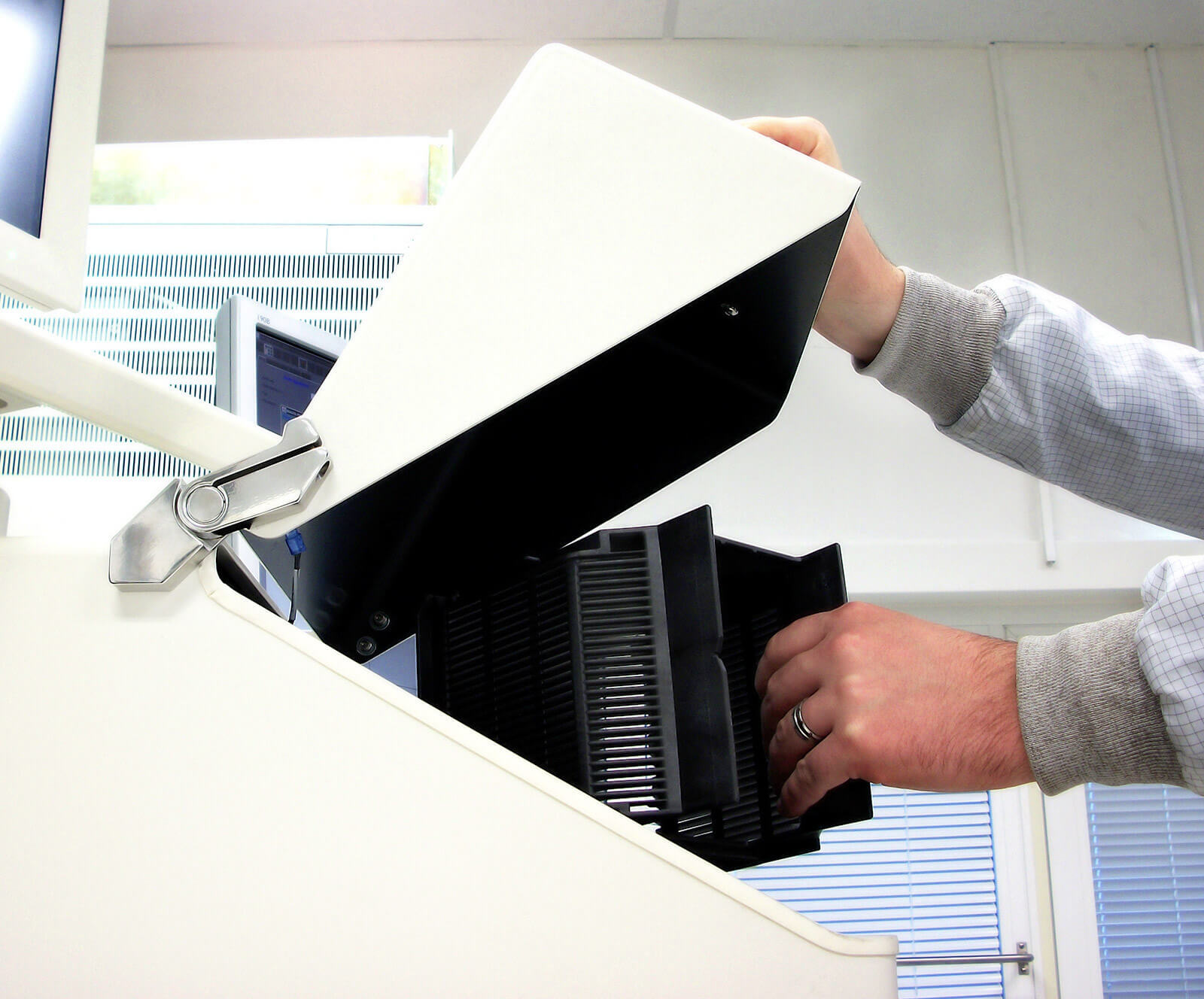- Home
- Gases
- Acetylene gas
- Acetylene, Instrument Grade
Acetylene, Instrument Grade
Instrument Grade Acetylene is an extremely flammable gas dissolved in acetone with a low phosphine level compared to industrial acetylene
Instrument Grade Acetylene is an extremely flammable gas dissolved in acetone with a low phosphine level compared to industrial acetylene

C2H2
Instrument Grade Acetylene is used in atomic absorption flame spectrometers.

Coregas acetylene-instrument-grade is selected for laboratory applications (e.g., flame atomic absorption) where burner stability and background control matter. It’s supplied as acetylene (dissolved) in cylinders, with handling, storage and transport requirements consistent with our industrial product—use laboratory-rated regulators and flashback protection matched to acetylene service.
For instrument work, request a Certificate of Analysis / product specification from your Coregas representative to confirm the grade meets your method limits and QC policy.
How is instrument grade different from industrial grade?
Instrument grade is controlled for laboratory use and analytical method requirements; both grades share the same core safety/hazards as acetylene (dissolved). Confirm analytical specs/impurities via CoA for your method.
Can I use industrial acetylene on a flame AAS?
Not recommended unless your lab has validated it. Use acetylene-instrument-grade with documented specs for QA/traceability.
What regulators are suitable?
Use a fuel-gas regulator rated for acetylene and the instrument’s required flow/pressure; attach a regulator before opening the valve and ensure all equipment is compatible with acetylene.
What should I avoid in the gas train?
Avoid copper alloys >65 % Cu, silver and mercury—acetylides can form and become explosive.
What are the main hazards to brief staff on?
Extremely flammable, explosive risk even without air, asphyxiant in high concentrations. Train for leak response and evacuation.
How should cylinders be stored in the lab compound?
Upright, secured, ventilated, below 65 °C, marked No Smoking/Open Flames, away from exits and traffic.
What happens at end-of-life?
Return cylinders to Coregas; do not vent or attempt to dismantle.
Total impurities (ammonia, arsine, hydrogen sulphide, phosphine) ≤5 ppm
| Size | Product code | Volume / m³ | Weight (full) / kg | Pressure / kPa | Outlet connection | Availability |
|---|---|---|---|---|---|---|
| E | 306120 | 3.2 | 1850 | Type 20 | NZ wide | |
| G | 306150 | 9.3 | 1850 | Type 20 | NZ wide | |
| 6-pack | 306506 | 55.8 | 1850 | Type 20 | NZ wide |
| Appearance | Odour | Flammability |
|---|---|---|
| AppearanceColourless gas | OdourGarlic-like | FlammabilityExtremely flammable |
2.1
 Flammable Gas 2.1
Flammable Gas 2.1
Contact our professional team for questions about products, pricing, creating an account & more.